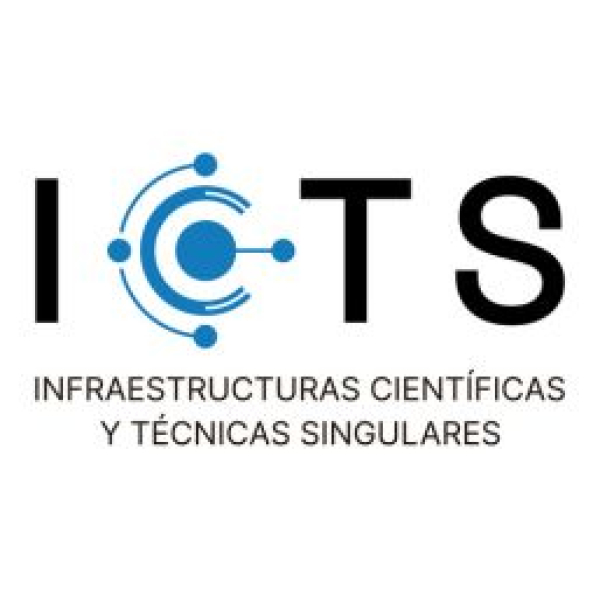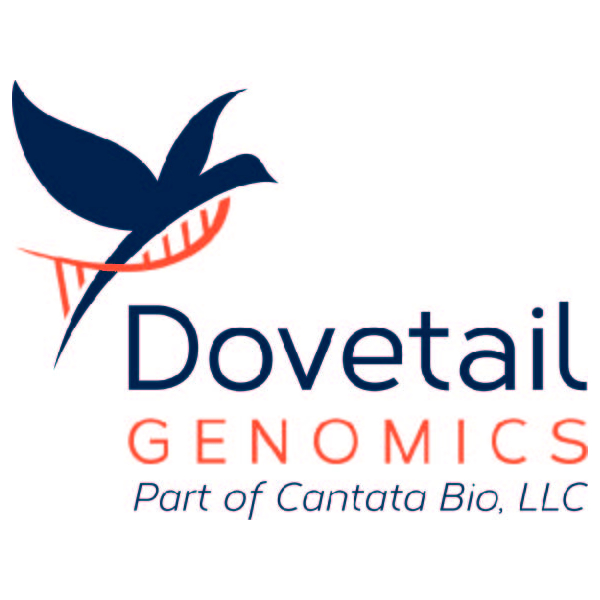Tyler S. Alioto is the leader of the Assembly and Annotation Team
He graduated with a B.S. in Biological Sciences with Honors from Stanford University in 1996, where he worked on the genetics of Drosophila tracheal development in the group of Mark Krasnow. After two years in Kyoto, Japan, working as a research assistant in neurobiology, he began his doctoral work on odorant receptor genomics at UC Berkeley in the group of John Ngai, earning his PhD in Molecular and Cell Biology in 2004. He then moved to Barcelona to do postdoctoral research in genome bioinformatics with Roderic Guigó at the Centre for Genomic Regulation. There he developed new methods for identification of minor spliceosomal (U12) introns and techniques for integration of RNA-seq data into gene prediction. He became the principal developer of the GeneID gene prediction software and was also an active contributor to the ENCODE project as well as various genome projects.
In 2010 he joined the CNAG to lead a team responsible for assembling and annotating genomes de novo. Completed genomes range from vertebrates like the critically endangered Iberian lynx, the woodchuck, the turbot, the Iberian spadefoot toad and the Houbara bustard, to invertebrates like the mussel, the red gorgonian octocoral, the mayfly, the cedar aphid and fruit flies, to plants like the olive tree and the silver fir, and finally various microbial species including fungi and bacteria. The incorporation of long-read sequencing technology, especially that of Oxford Nanopore, is currently a top priority and an area of active development, both for assembly and for annotation.
Finally, he has participated in several important human health-related projects. He organized and led the analysis of a benchmarking exercise for somatic variant calling as part of the Verification/Validation Subgroup of the International Cancer Genome Consortium. His team is also involved in a project to sequence and create a national database of genome-phenome data for antibiotic-resistant bacteria. He is author of more than 45 research articles (with more than 20,000 citations, H-index 23), one review article and four book chapters on gene prediction and genome sequence assembly.











